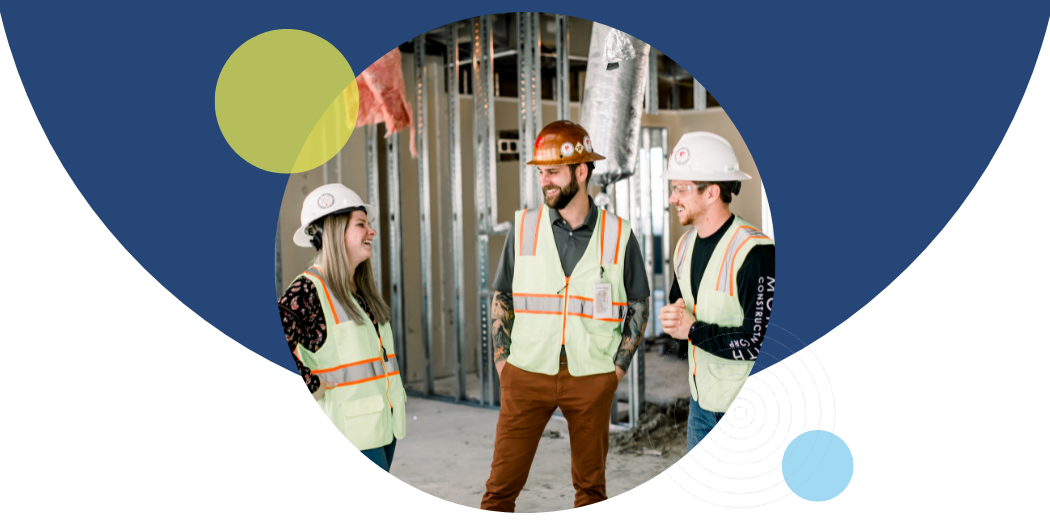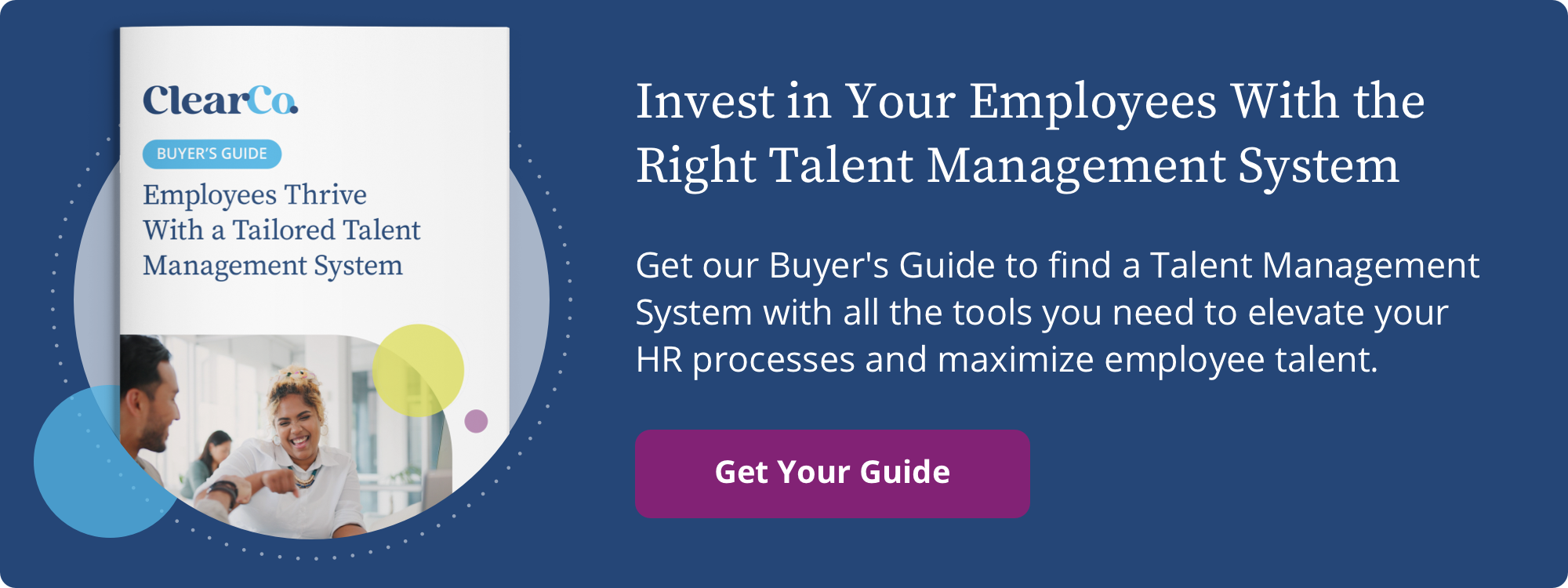It’s a paradoxical time if you’re part of a human resources team in the construction sector. More than 82% of construction materials are significantly more expensive than in 2020. At the same time, the demand for construction has surged, largely thanks to the $550 billion in funds allocated for state infrastructure improvements by President Biden’s Infrastructure Investment and Jobs Act.
But despite the hundreds of thousands of jobs the bill is expected to create, the construction industry faces a historic labor shortage of 650,000 workers. One in four construction workers is 55 or older, and they’re retiring faster than they’re being replaced.
Now is the time for human resources to shine. Find new and better ways to attract workers, retain and develop your top talent, and manage an on-the-go workforce scattered across job sites, states, and even entire regions.
Let’s dig into four HR challenges in the construction industry and what your team can do to solve them.
How is your HR team dealing with the construction labor shortage? Learn what you can do to solve this and other HR challenges in construction:1. Severe Labor Shortage
There’s never been a better time to be a construction worker. Thanks to projects resuming after being postponed during the pandemic and the influx of federal funds across the U.S., there’s no shortage of job opportunities. The industry’s 3.9% unemployment rate is a near-record low, and pay is at an all-time high.
But unfortunately, that’s due to the historic labor shortage we mentioned. The construction workforce is aging into retirement, and there aren’t enough new workers to replace them. That also means working in HR in the construction industry has never been more challenging. You’re competing for a shrinking workforce — a problem expected to persist — and payroll costs are climbing while your open positions sit vacant.
Tip #1: Use an ATS to expand your reach.
You can’t rely on traditional talent pipelines when workers are this hard to find. If your HR team uses an applicant tracking system (ATS), you can reach a wider pool of candidates without expending too much extra effort. An ATS enables recruiters to:
- Post open jobs to multiple job boards simultaneously and manage the posts from a centralized dashboard.
- Create and post social media ads to get in front of job seekers where they’re at.
- Manage an employee referral program incentivizing workers to share open roles with their networks.
Learn how ClearCompany helps Monteith Construction’s HR team save 5-10 hours per week on their recruiting process. Read the Case Study
Tip #2: Diversify your workforce.
The construction industry needs more diversity. In addition to the lack of younger workers,87% of construction employees are white, and only 10.9% are women. If your company’s demographics are similar, explore initiatives to drive more diversity in your workforce:
- Review job descriptions and remove gendered language.
- Recruit from local apprenticeship programs aimed at developing underrepresented groups, like the Union Construction Academy of Maine, or start your own program.
- Educate leadership on the importance of diversity —including the tangible benefits to the business —and ensure your diversity, equity, inclusion, and belonging (DEIB) policies are updated and understood.
2. High Employee Turnover
Even in the best times, construction companies’ HR departments deal with high turnover. Construction projects end, jobs are physically demanding, and wage growth is low. Today, skilled workers have their pick of jobs and can easily leave one construction business for another.
The construction industry’s labor shortage means there’s stiff competition to attract and retain skilled workers. Find out how you can beat 4 common HR challenges in the construction industry:Tip #3: Onboard new employees.
Onboarding your new hires is one of the best ways to increase retention, no matter your industry. An employee onboarding process, especially one you manage with an integrated talent management system, allows workers to make connections, ask questions, and prepare for their new role. It also can increase retention by up to 50%.
Tip #4: Reskill and upskill employees.
Employee training programs for reskilling and upskilling are not only one of the best ways to retain your people but also absolutely necessary for today’s construction industry. Between the aging workforce and a lack of new workers joining the industry, employees with ideal skill sets are rare. Teaching employees new skills or helping them develop their strengths increases the likelihood they’ll stick around long-term —and it’s your chance to create employees who do have the ideal skill sets for your business.
“Firms are realizing that no one’s gonna solve the problem but themselves. So, they’re building stronger relationships with high school programs, even middle school programs. They’re finding ways to get students out to construction job sites to expose them to career opportunities.”
- Brian Turmail, vice president of public affairs and strategic initiatives at Associated General Contractors of America via CNBC
3. Managing a Dispersed Workforce
As an HR professional in the construction industry, you’re used to managing workers across multiple job sites. But it’s not easy and can lead to lots of wasted time and effort. Your HR managers and team members often get tied up tracking down new hires to sign a form or directing employees to where they can find information like company policies and benefits information. You don’t have a single source of truth for employee information, which can lead to miscommunication and mistakes.
HR Tip #5: Adopt a talent management system with employee self-service tools.
If you’re using a cloud-based talent management system, you create a centralized source of the most current employee data. No matter when or where they log in, HR team members will see the same information — and if they make an update, it’s immediately available to every user.
Ensure the talent management system includes an employee self-service portal so that when employees update their information, it’s reflected for your HR team, too. Self-service tools simplify time-consuming HR tasks by enabling employees to sign documents electronically and sending them automatic reminders if they forget. They’re also where employees can search for answers to frequently asked questions and find company information independently.
4. Assessing and Improving Performance
Evaluating and discussing performance on busy construction sites is difficult, but it’s worthwhile for better business and project management. Calling employees in for paper-based performance reviews takes valuable time away from your projects, but they want more feedback on how they’re doing. You don’t have much insight into employees’ interests and strengths at work.
HR Tip #6: Standardize and modernize performance reviews.
When you assess performance factors like cost efficiency, timeliness, adherence to safety standards, and quality of work, you can learn a lot about how your company operates. You can also find out which of your employees are interested in upskilling or reskilling, when additional training is needed, and how to best motivate them. As your performance data accumulates, you gain even more insight.
A complete talent management system with performance tools makes it possible to give standardized reviews regularly, even when employees aren’t in an office. Choose from various mobile-accessible review templates based on the type of employee you’re evaluating, or create one from scratch. Apply the same rating scale to compare performance across departments and over time with robust reporting and analytics.
Tackle HR in Construction Troubles with Technology
You can solve many common HR challenges in the construction industry with a comprehensive talent management system like ClearCompany. You’ll find the essential tools for managing your construction workforce:
- Reach a wider audience, attract high-quality candidates, and build a robust talent pipeline with our ATS.
- Empower and engage new hires by letting them take charge of their onboarding experience with self-service tools.
- Keep jobs on track, increase transparency, and set clear expectations with goals and goal updates.
- Initiate productive, regular performance review cycles in a flash with review templates and reminders.
ClearCompany is the complete Talent Management System for managing the employee lifecycle in the construction industry. Get a demo of our full-platform software —sign up today.





